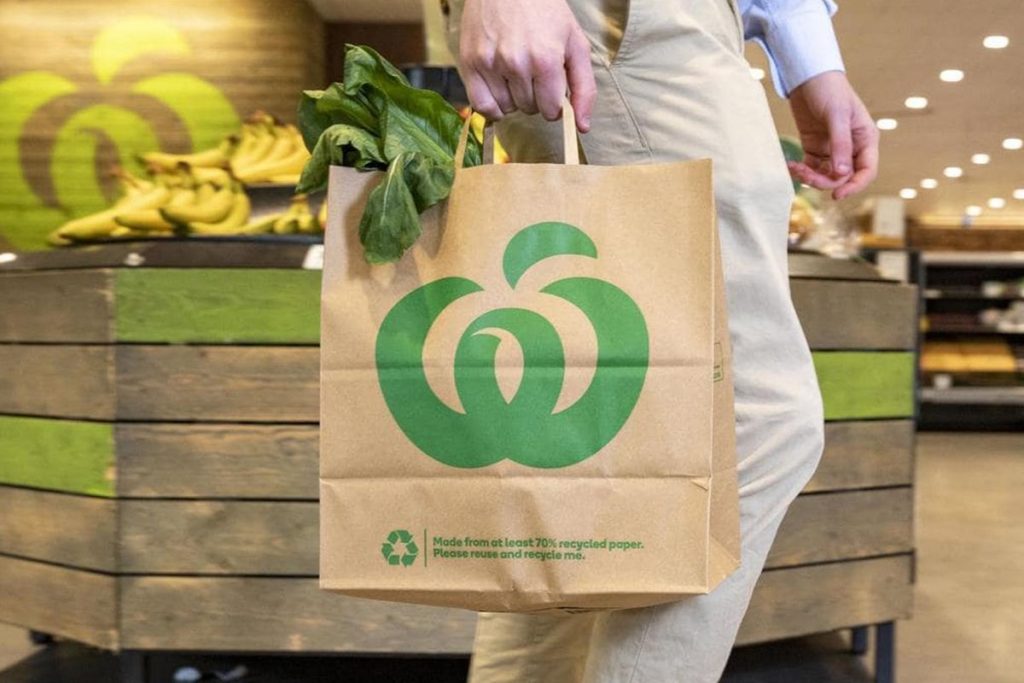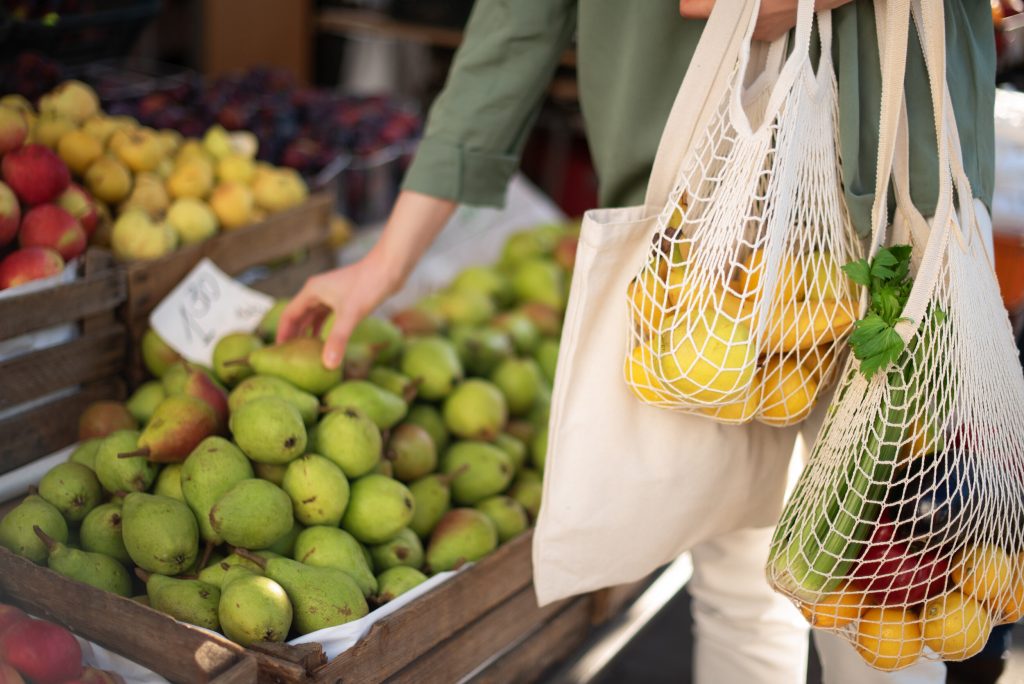
The plastic sack boycott by the significant stores (and Coles’ turn away from its boycott after kickback, then, at that point, turn back to the boycott after a reaction to the kickback) has left a lot of individuals scratching their heads.
What are the best substitutions for single-utilize plastic packs? Considering that reusable sacks are a lot sturdier, how often should we utilize them to make up for their bigger natural effect?
The straightforward response is that there is no basic response. In any case, a sort of exploration called “life cycle evaluation” can assist us with working out the effect of normal kinds of reusable packs.
Life cycle evaluations
I’m not mindful of any Australian investigations of plastic-pack substitutes. Research led abroad can offer an essential aide.
Life cycle evaluations think about a great many elements, including unrefined substances, assembling, transport, and possible removal.
Taking a gander at these components, scientists work out ozone harming substance emanations, garbage removal, water and energy utilization and different effects.
To muddle the choice further, in the event that you pick a plastic sack, is it produced using virgin tar or from reused plastic? Regardless of whether the pack is reused, transport is an issue – where was it made? Imprinting on the sack likewise adds to the natural weight.

At last, what befalls the sacks when they can presently not meet their motivation? Is it true that they are reused, reused as canister liners, or discarded right away?
How frequently should a sack be reused?
When this data has been all refined, researchers can generally offer a genuinely clear aide: the times a given sack ought to be reused when contrasted with the standard grocery store plastic pack.
A 2018 Danish review, taking a gander at the times a sack ought to be reused prior to being utilized as a container liner and afterward disposed of, viewed that as:
polypropylene sacks (a large portion of the green reusable packs found at stores) ought to be utilized multiple times
paper sacks ought to be utilized multiple times
cotton packs ought to be utilized multiple times.
Another UK study, which just thought to be the environmental change influence, found that to have lower a worldwide temperature alteration potential than single-utilize plastic packs:
paper sacks ought to be utilized multiple times
low-thickness polyethylene packs (the thicker plastic sacks ordinarily utilized in grocery stores) ought to be utilized multiple times
non-woven polypropylene sacks ought to be utilized multiple times
cotton sacks ought to be utilized multiple times.
Note, in any case, that assuming that a plastic sack is reused (even as a container liner) the times an elective should be utilized increments.
It’s quite important that, as indicated by the 2018 Danish review, utilizing natural cotton has a more noteworthy ecological effect than non-natural because of higher creation costs. Our suppositions about what is harmless to the ecosystem don’t necessarily in every case stand doing examination.

A recent report in the US found that reusable LDPE and polypropylene sacks really do have a lower ecological effect than the standard plastic packs tracked down in general stores – yet provided that they are reused an adequate number of times. This investigation discovered that around 40% of customers neglected to bring their reusable packs and hence wind up utilizing the plastic sacks. This then, at that point, adds to the ecological weight of shopping.
One last thought is the number of packs you that need. The Danish analysts balanced the volume of the packs so assessments were made on a similar volume of room (this truly intended that for certain evaluations considering the effect of two bags was vital).
Likewise with all matters ecological, it’s fundamental that we have the right information to settle on informed choices. In the wake of taking a gander at this information, here are the things I’d like you to recollect:
anything that sack type you use, use it however many times as could reasonably be expected
pick sacks produced using recyclable materials
keep away from sacks that have printing or designs – these by themselves can add altogether to the natural weight of the pack
never permit a pack to become litter – reuse, reuse and reuse your sacks.

